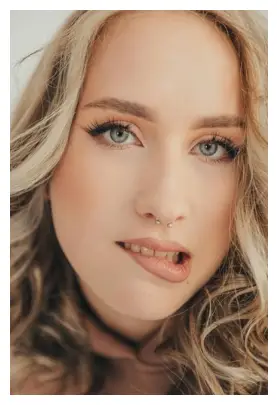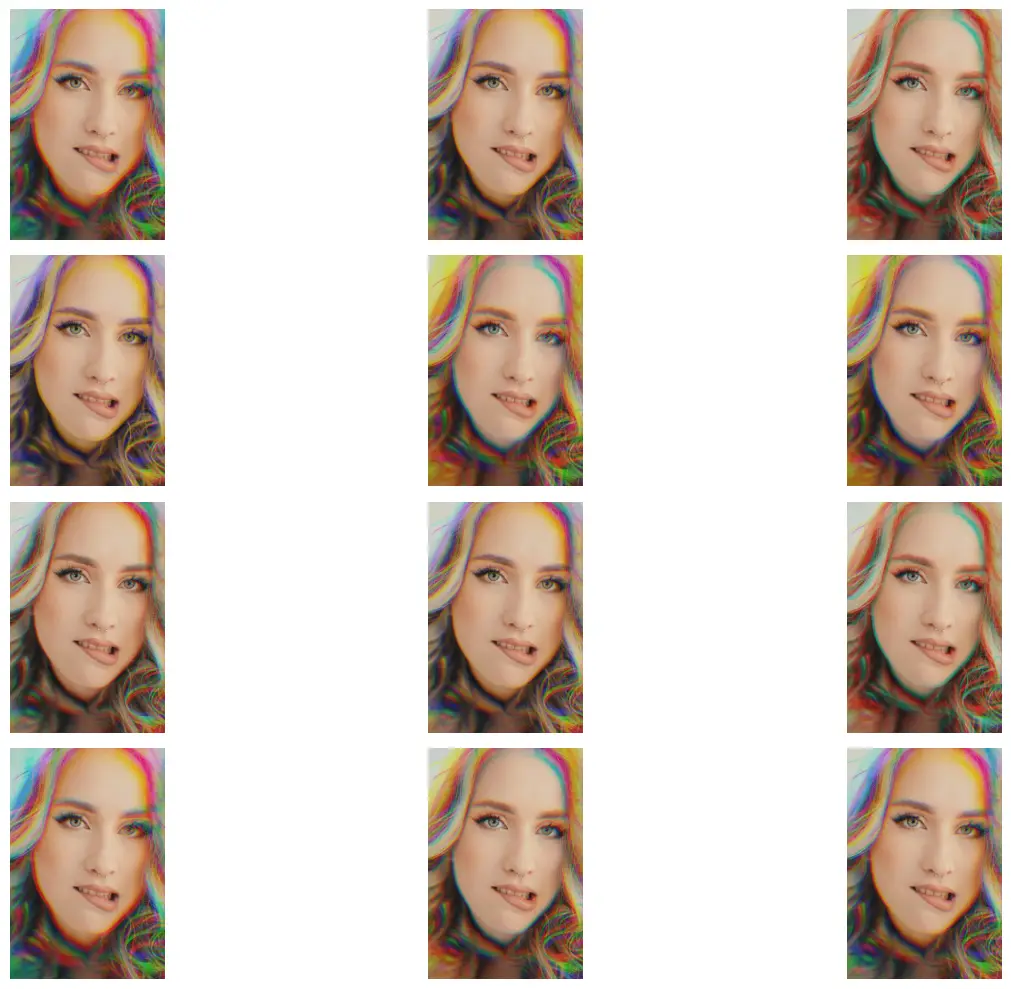Stay updated
News & Insightsexampleexample bboxesexample bboxes2example chromatic aberrationexample d4example documentsexample domain adaptationexample gridshuffleexample hfhubexample kaggle saltexample keypointsexample mosaicexample multi targetexample OverlayElementsexample textimageexample ultralyticsexample weather transformsexample xymaskingface landmarks tutorialkeras cats dogs classificationkeras pretrained segmentationmigrating from torchvision to albumentationspytorch classificationpytorch semantic segmentationreplayserializationshowcase
title: "example chromatic aberration" notebookName: "example_chromatic_aberration.ipynb" 🔗
Open in Google ColabRun this notebook interactively
import albumentations as A
import cv2
from matplotlib import pyplot as plt
def visualize(image):
plt.figure(figsize=(10, 5))
plt.axis("off")
plt.imshow(image)
Load the image from the disk 🔗
img_path = "../images/alina_rossoshanska.jpeg"
img = cv2.imread(img_path, cv2.IMREAD_COLOR_RGB)
Visualize the original image 🔗
visualize(img)
No code provided
No code providedRed-blue mode 🔗
transform = A.Compose(
[A.ChromaticAberration(mode="red_blue", primary_distortion_limit=0.5, secondary_distortion_limit=0.1, p=1)],
seed=137,
strict=True,
)
plt.figure(figsize=(15, 10))
num_images = 12
# Loop through the list of images and plot them with subplot
for i in range(num_images):
transformed_image = transform(image=img)["image"]
plt.subplot(4, 3, i + 1)
plt.imshow(transformed_image)
plt.axis("off")
plt.tight_layout()
plt.show()
No code provided
No code provided